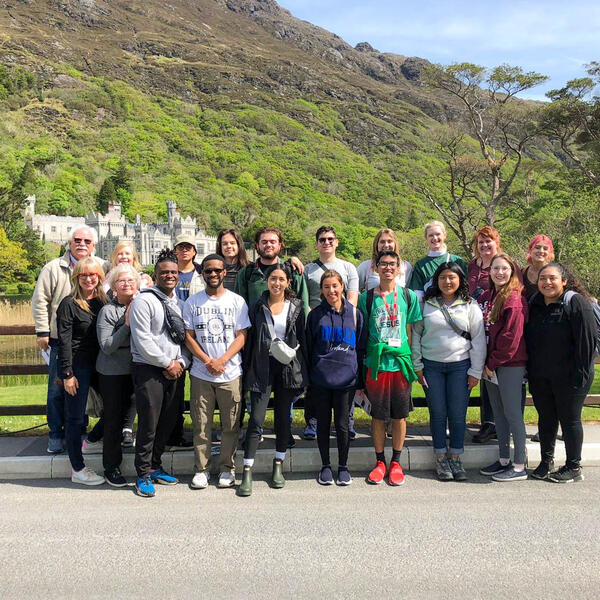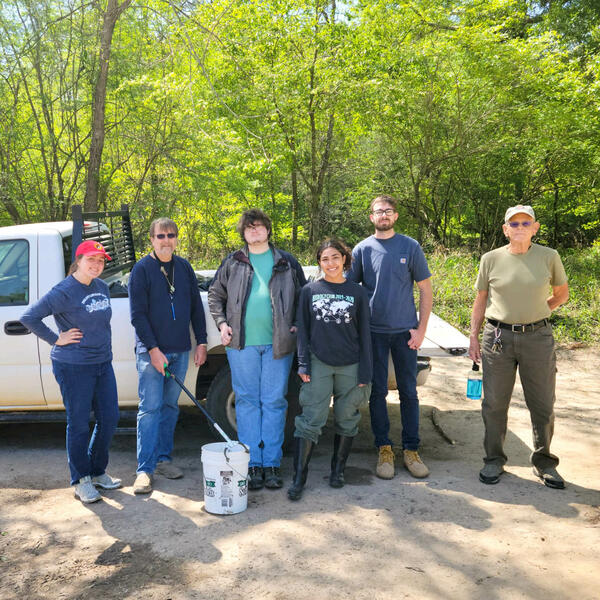The Perfect Curriculum Doesn’t Exist
The Perfect Curriculum Doesn’t Exist
Today, more than ever, the education system must be continually re-evaluated and modified to ensure that the curricula will be most beneficial to society. Southwestern Adventist University prides itself in offering relevant courses and degrees that help students make positive differences in society. Real-world applications are a major thrust of what is emphasized.
I recently reread the book, The Saber-Tooth Curriculum, by J.A. Peddiwell. The book is allegorical to the challenges we continually face in education today. It goes something like this. In ancient times men routinely gorged themselves after a successful hunt, sat around in their glutton stupor for a day or so, and then would hunt again. A thinking man evolved out of this tribe. He observed children playing with bones, sticks and pebbles while the adults worried about food, shelter, and clothing. If children could only help with the food, shelter, and clothing, he thought, then they would help the tribe as a whole. Over time, he convinced the tribal leaders that a curriculum with three foci: fish-grabbing-with-bare-hands, woolly-horse-clubbing, and saber-tooth-tiger-scaring-with-fire might help their community.
From an early age, the thinking man would teach children how to catch fish, club woolly horses, and scare tigers. Over the years, children became proficient in the three subjects and helped increase the status of their tribe. All may have gone well forever, but an ice age approached their land and the glacier began depositing gravel and silt in their pure rivers and they could no longer see the fish. The land became so damp, that the woolly horses left the area for a drier climate, and the moist air caused the saber-tooth tigers to succumb to pneumonia and they became extinct. The most advanced fish-grabber could not catch a fish, day-after-day the best trained horse-clubbers would return to camp empty-handed, and there were no more tigers to scare.
Added to the hunger problem was the problem of ferocious glacial bears who could not be scared. Fortunately, there were a few thinkers still in the tribe. One man took some vines and created a crude net and was soon catching fish, another set vine traps for the antelopes, and another dug pits and covered it with branches to catch the bears. With these new inventions, the adults became proficient and made better nets, constructed more sophisticated snares, and dug more elaborate camouflaged pits.
A few thought that the curriculum for the children should be changed to net-making, snare-setting, and pit-digging, to include the more up-to-date survival techniques, but many scoffed. Those running the educational system smiled and said that they didn’t teach fish-grabbing to catch fish, they taught it to help the learner with agility, they didn’t teach horse-clubbing to club horses, they taught it to help the pupil with strength development, and they didn’t teach tiger-scaring to scare tigers, they taught it to help the student with courage. They argued there was no room in the curriculum to add anything else.
As I reflected on this 1939 satirical work, I couldn’t help but think of our current education system. As teachers and administrators within our educational system and citizens alike, we should never think we have arrived at the perfect curriculum. It doesn’t exist! The world around us is constantly changing. We need to be intentional about teaching students the processes that will span time such as communication, reasoning, problem solving, and making connections.
This article is an opinion piece written by President Shaw for the Cleburne Times Review.






